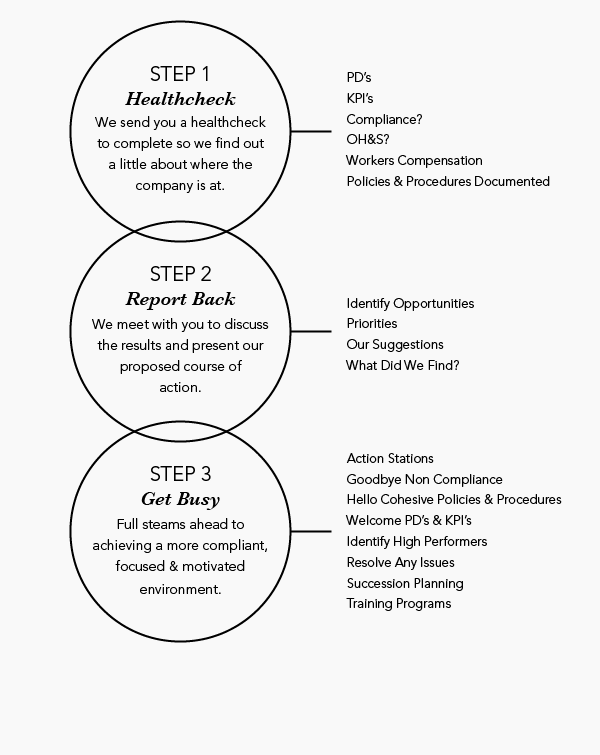What is your Investing Process
Post on: 7 Апрель, 2015 No Comment

E very investor should have a process. This applies whether or not they are value investors. An investment process helps keep investors focussed and on track, and prevents the investor from going off the rails emotionally when making investment decisions. Emotional investment decisions are bad for returns and can really ruin a portfolio as you will more often than not find yourself buying and selling stocks at the worst possible time buying when the price is high and selling when the price is low rather than vice versa. With a clear investment process that you consult at every buy/sell decision, you go through each step and tick the boxes methodically rather than making emotional knee-jerk buy/sell decisions as a result of news or outside influences “For indeed, the investor’s
chief problem – and even his worst enemy – is likely to be himself. ”
There are two types of investing process top down and bottom up. A top down approach to investing looks at broad market conditions, interest rates and other macroeconomic data in order to decide which sector or sectors may benefit. Then a stock, or several stocks may be picked from those sectors.
Bottom up investing is favored by value investors. Macroeconomic data and general market conditions are ignored. The focus is solely on stock selection based on the attributes and value of a company from balance sheet information, with little or no regard to the normal business cycle of the market or sector.
A typical value investing process would take the following format:
- Establish minimum criteria for stock picks
- Generate Investment Ideas From Stock Screen
- Perform Detailed Financial Analysis
- Evaluate The Business And Its Potential
- Contstruct Portfolio
Investment ideas are taken from stock screeners where the screen criteria match your processs minimum criteria for stock picks. Once you have generated some ideas by running the screen, select a few that you want to investigate not necessarily those that appear at the top of the screen or are a best match rather, select several stocks from different industries/sectors.
A detailed financial analysis of each stock is a must; this is part of what is called due diligence. You must go through each companys balance sheet with a fine-tooth comb and make sure the numbers all add up, and there are no financial shenanigans. Evaluate cash flow, return on equity, earnings growth, earnings stability, revenue growth, return on invested capital, etc.
Evaluate the business. Is the company in a niche market. How big is their moat? Is there demand for their products? Is this demand affected by current market conditions on a long or short-term basis? Call the company if you can for more information be sure to ask if they are aggressively hiring; sometimes this can mean there is pent-up demand.
Whittle down the number of picks based on your answers to the above; and construct your portfolio. Dont be discouraged if you whittle down to a single stock. Repeat the process in a month, two months, three months, etc. and build your portfolio over time.
Do not neglect the selling side of things. Make sure you have a valid selling strategy and stick to that too.














